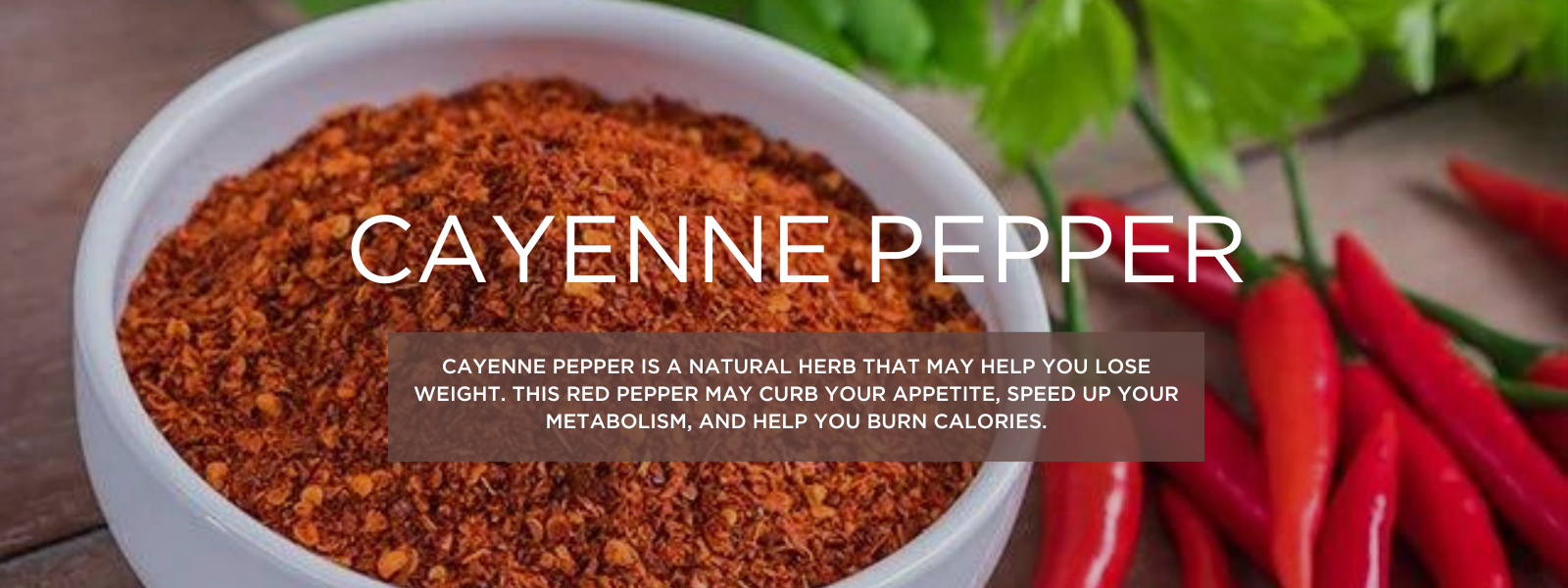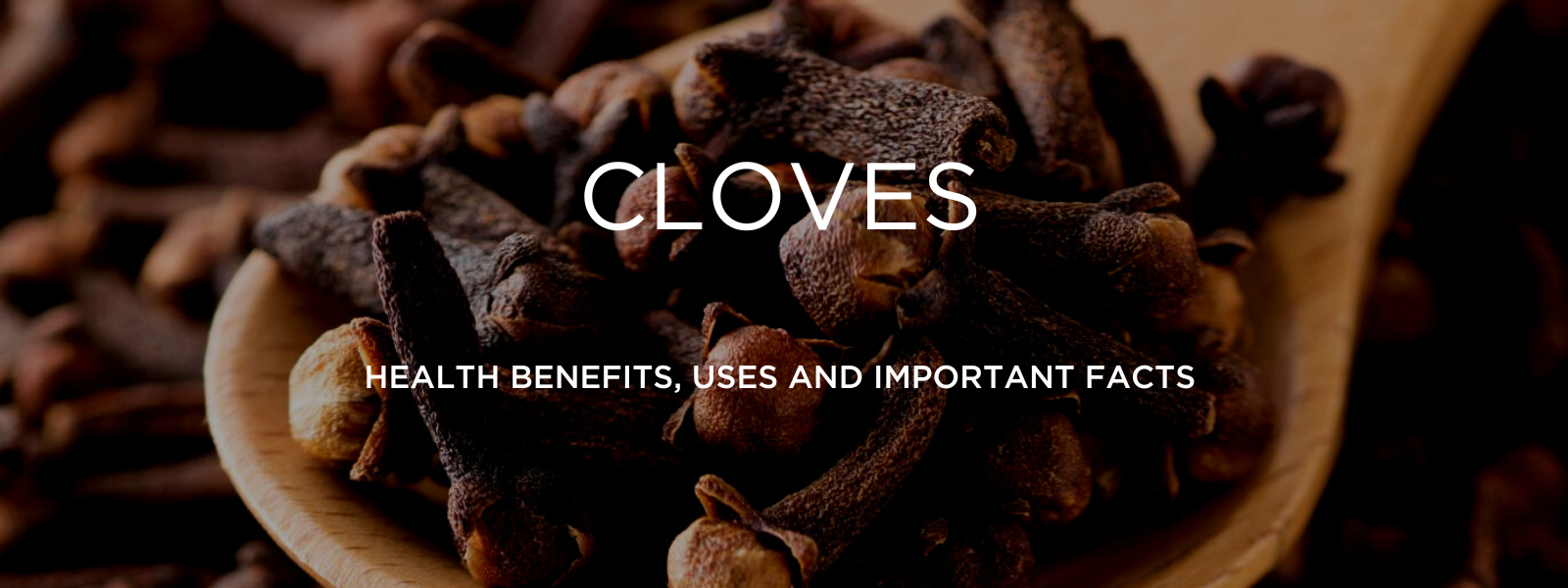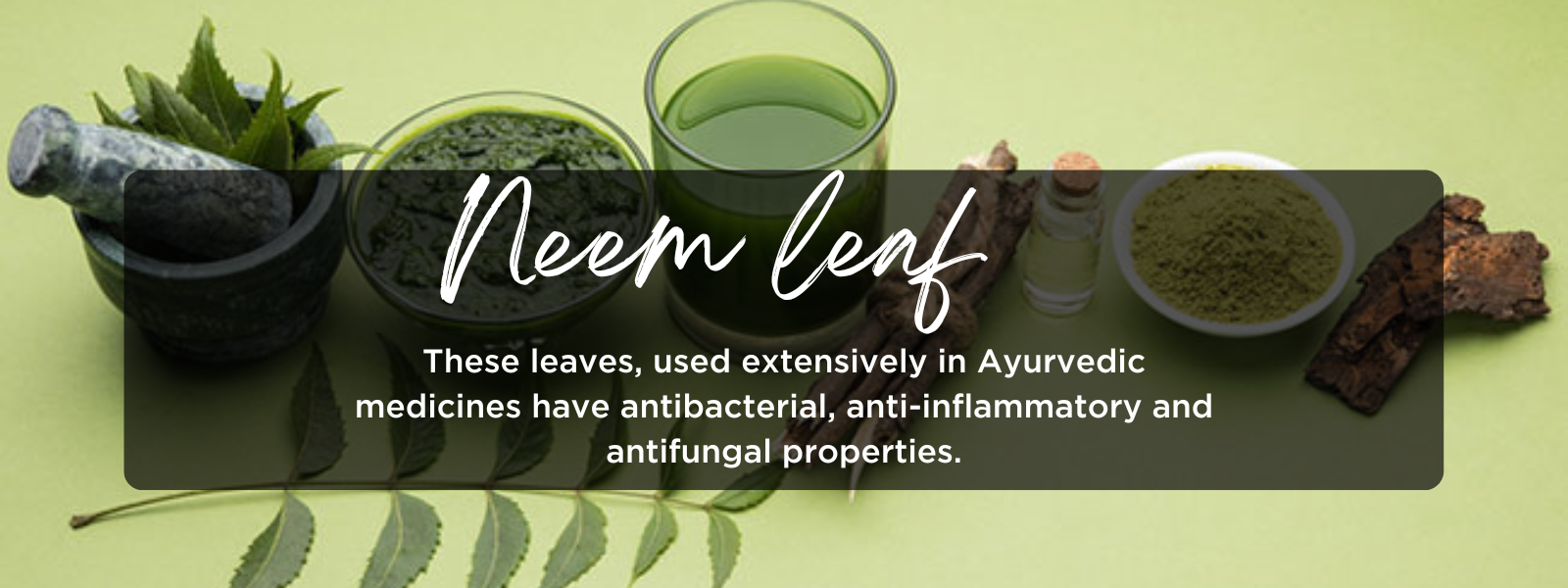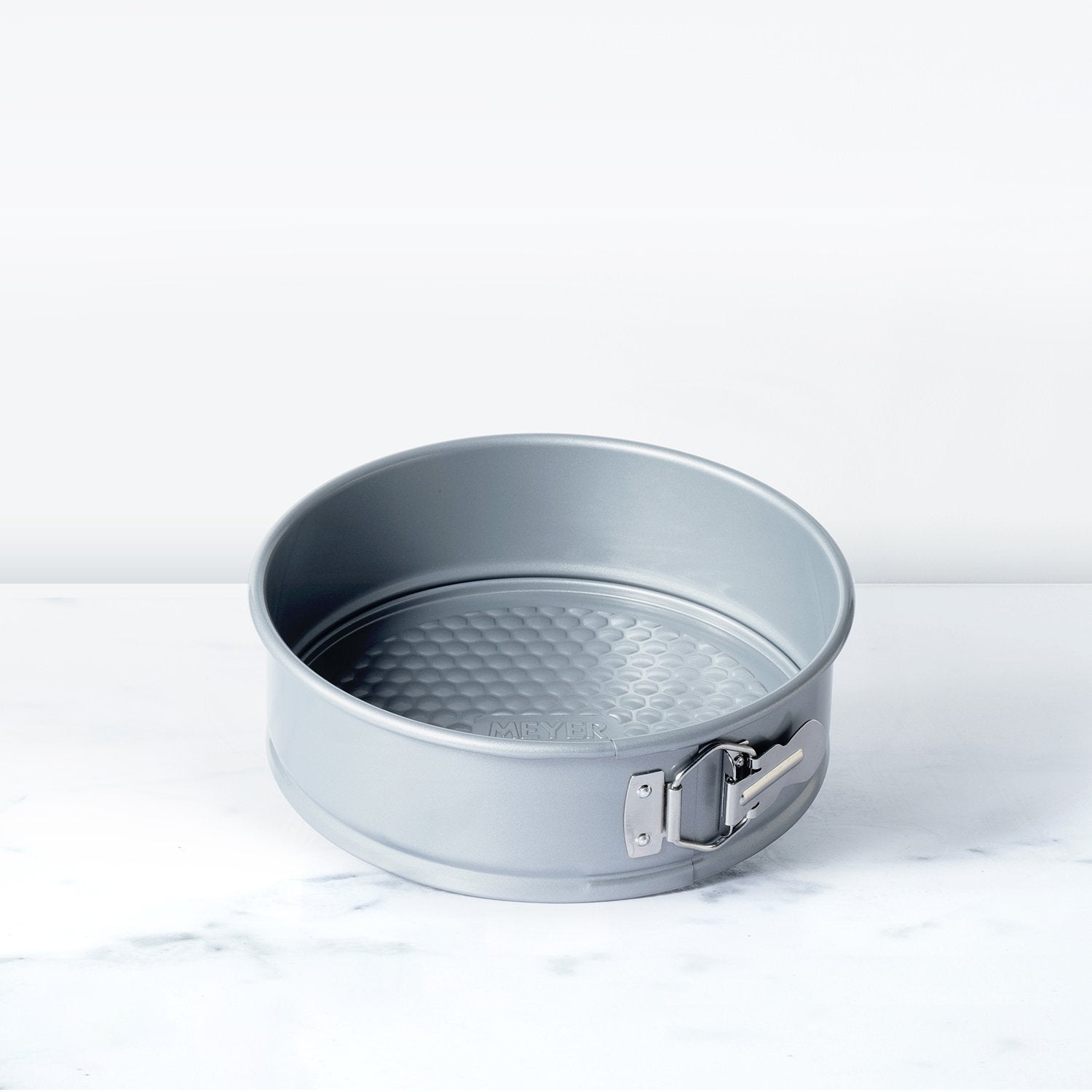In India, gotu kola, a plant related to parsley, is revered and considered to be one of the most spiritual plants. It grows in a few Himalayan regions, where yogis utilise it to enhance meditation. It is claimed to balance the right and left hemispheres of the brain, which the leaf is thought to mirror, and to develop the crown chakra, the energy centre at the top of the head. It shares the name "Brahmi" with another plant, Bacopa, and is regarded as one of the most significant herbs for rejuvenation in Ayurvedic medicine.
Gotu kola is a key ingredient in conventional Chinese, Indonesian, and Ayurvedic medicine and is known as the "herb of longevity." Practitioners assert that the medicinal plant has the ability to improve mental function, treat skin conditions, and support liver and kidney health.. Given its possible health benefits, people have been using gotu kola in traditional medicine for a long time.
Table of Contents
About Gotu Kola:
A species of leafy plant known as gotu kola (Centella asiatica) has a long history of usage in both traditional Chinese medicine and Ayurvedic medicine. It is typically used in Asian cuisines. It is a perennial plant that is native to Southeast Asia's tropical wetlands, where it is frequently consumed as a juice, tea, or green leafy vegetable.
For its antibacterial, anti-diabetic, anti-inflammatory, antidepressant, and memory-improving qualities, gotu kola has been employed. It is frequently marketed as a nutritional supplement and is available as a tincture, topical cream, powder, and capsule.
This plant is well-known across India under the Sanskrit name Brahmi. In addition to being employed as a medicinal plant throughout Ayurveda, gotu kola is also eaten as food in the nation. The herb includes a number of triterpenoids, which are primarily responsible for the plant's therapeutic properties. Triterpene saponins and sapogenins, for instance, are recognised to be in charge of its effects on the vascular system and wound healing. In addition, gotu kola has more than 70 different components, such as polyacetylenes, flavonoids, flavones, sterols, and lipids.
Additionally, gotu kola supplements come in pill, tincture, powder, and tea forms. Additionally, ointments with gotu kola extract are available to treat burns and other skin issues.
Are Brahmi and Gotu Kola the same?
Though Bacopa monniera is more often referred to as brahmi in most contemporary ayurvedic writings, gotu kola may also be termed brahmi (and it undoubtedly possesses the mind-supporting characteristics to warrant that appellation). However, calling gotu kola "brahmi '' would not be improper. According to some experts, Bacopa monnieri is more easily accessible in Asia, particularly India, than it is in the West. Due to this, gotu kola has frequently been used instead of Bacopa monniera, earning the popular term "brahmi '' in the West. However, according to some reliable sources, gotu kola (Centella asiatica) is referred to as "brahmi'' in Southern India whereas Bacopa monniera is known as "brahmi" in Northern India (Banyan Botanicals, 2021).
Fortunately, both plants have very similar qualities and are both quite helpful. Bacopa and gotu kola may be used for comparable purposes, but by comprehending the differences between the two plants, you can choose which herb is best for a certain situation.
Advantages of the other herbs and spices
Health benefits of gotu kola:
With a variety of processing techniques, such as raw vegetables, boiling vegetables, stir-fried vegetables, vegetable soup, or gotu kola juice, gotu kola is frequently used as a clean vegetable.
The plant Centella asiatica is frequently used in traditional medicine to treat bacterial, viral, and parasite illnesses such urinary tract infections (UTIs) Shingles cholera, dysentery, and leprosy Syphilis influenza, the common cold, tuberculosis, schistosomiasis, and H1N1 (swine flu). Gotu kola aids in the treatment of mental diseases, Alzheimer's disease, weariness, anxiety, and depression as well as improving memory. Injuries, blood circulation issues, such as leg blood clots and varicose veins, and damaged skin are all treated with gotu kola.
According to tradition, this herb is also used to treat other conditions including epilepsy, asthma, diabetes, tonsillitis, pleurisy, hepatitis, jaundice, and systemic lupus erythematosus.
Gotu kola is regarded as a tonic, nutritional enhancer, and diuretic in Indian medicine.
According to certain research, this plant has the ability to cure both internal and exterior wounds as well as treat stomach ulcers. When used topically, gotu kola can help the skin recover and lessen scarring, including stretch marks after pregnancy.
How to and how often to consume gotu kola?
You should be aware of the following concerns in order for gotu kola to be consumed and provide the body with several benefits:
Drink no more than 1 cup of gotu kola juice each day (equivalent to about 40g). Take between 60 and 180 milligrammes of gotu kola extract daily for issues with blood circulation in the legs, such as varicose veins. Without a prescription, gotu kola should not be taken for longer than six weeks straight. Anyone with a history of liver illness, skin sores, or cancer should avoid taking gotu kola. Depending on their age, health, and a number of other factors, each person may require a different dosage of this vegetable. For the proper dose, please visit your doctor and doctor.












Leave a comment